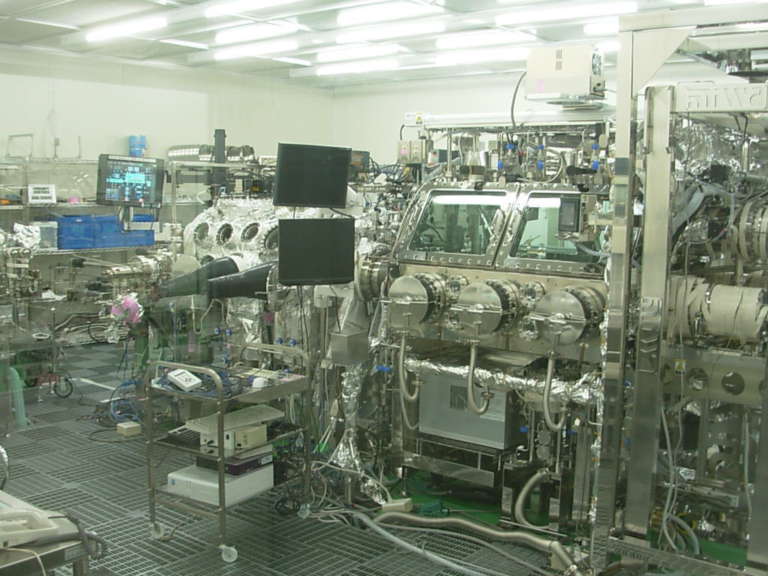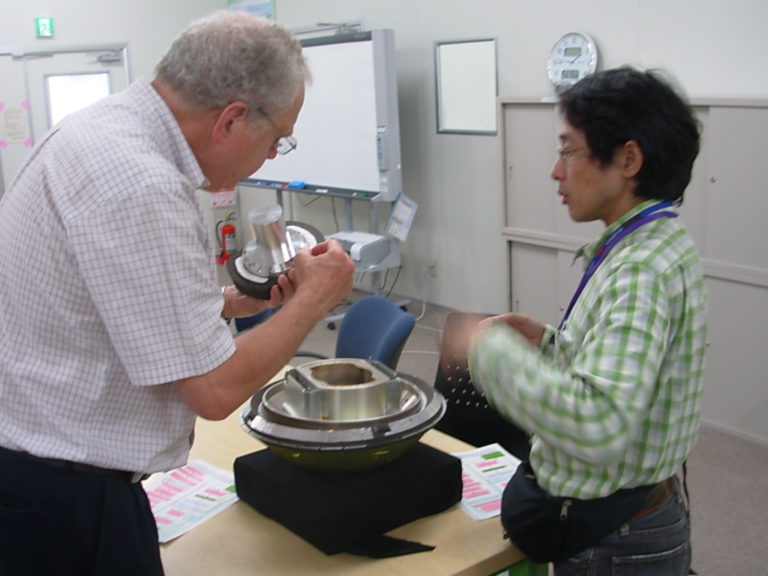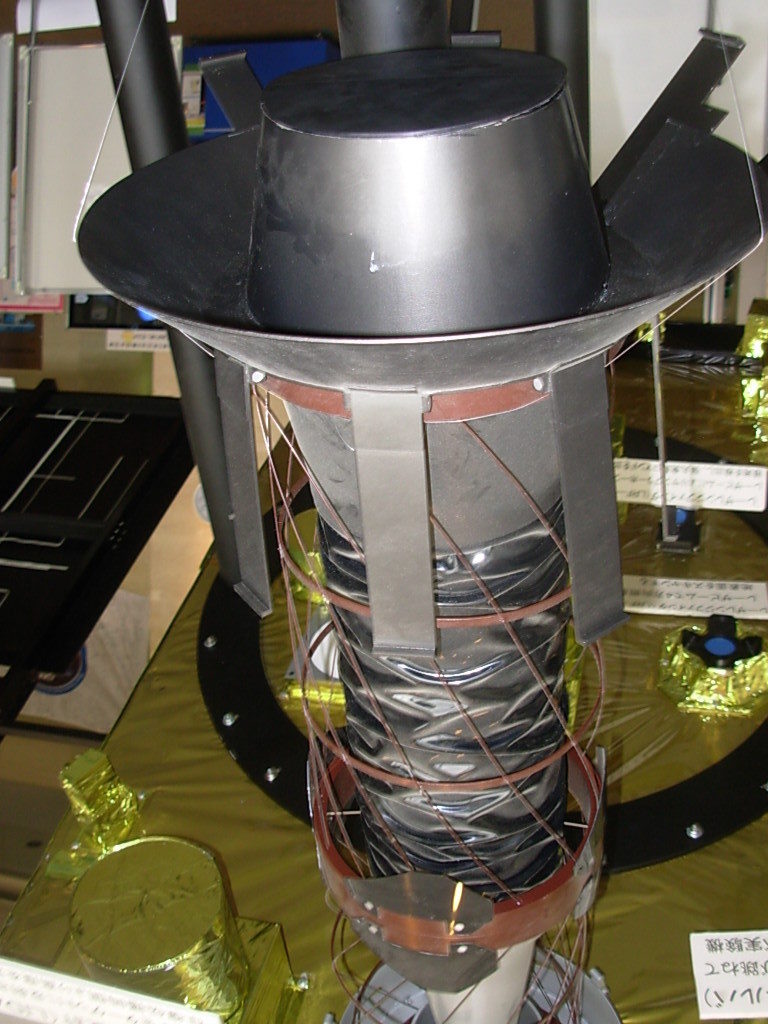Emily Lakdawalla • Jun 09, 2010
Hayabusa's final approach on target; Japan's ready to receive samples
The mission team reported last night that Hayabusa's final maneuver, a three-hour "firing" of its ion thrusters to fine-tune the spacecraft's trajectory toward Australia, was successful. That is almost certainly the very last time that Hayabusa will ever use its ion engines -- the spacecraft has completed its ferrying work with a combined 40,000 hours of ion engine thrust, a mind-boggling number. (I think that's what this later Hayabusa blog entry is talking about.) Of course it must still separate the return capsule, an event that should happen just three hours before it lands on June 13. All continues to go well.
The Hayabusa team posted a note about optical observations of the entry that suggests it will be difficult for most people to observe. However, via Daniel Fischer I learned that a NASA DC-8 airplane has headed to Australia to attempt to observe the capsule's entry -- and also to broadcast live video of the event!! There's further information here. That site also says that the entry should happen at 13:51 UT. They are clearly not sure they'll manage to accomplish a live broadcast, but they do plan to post video afterward.
Meanwhile, JAXA is ready to accept the sample return capsule and discover what's inside. While he was in Japan for the IKAROS sail deployment, Lou Friedman was treated to a tour of the Planetary Sample Curation Facility. Here's a wide view of the clean room:

Lou wrote about this tour:
A relatively small room with only narrow corridors outside, I imagine (with no real knowledge) hundreds of people lined up to watch the procession of the sample being taken from the truck through several doorways and corridors into the Curation Facility, onto a table and someone unscrewing the cover with cameras watching and seeing if there is anything -- rocks, pebbles, dust, whatever -- inside. It will be a time of great suspense -- and adventure.
Here he is looking at a mockup of the actual return capsule -- it's so small!

Here's a view of Lou with the full-scale model of Hayabusa in their museum:
And finally, here's a photo of a model of the sample horn, the part of Hayabusa that actually touched an asteroid.

Let’s Go Beyond The Horizon
Every success in space exploration is the result of the community of space enthusiasts, like you, who believe it is important. You can help usher in the next great era of space exploration with your gift today.
Donate Today

 Explore Worlds
Explore Worlds Find Life
Find Life Defend Earth
Defend Earth


